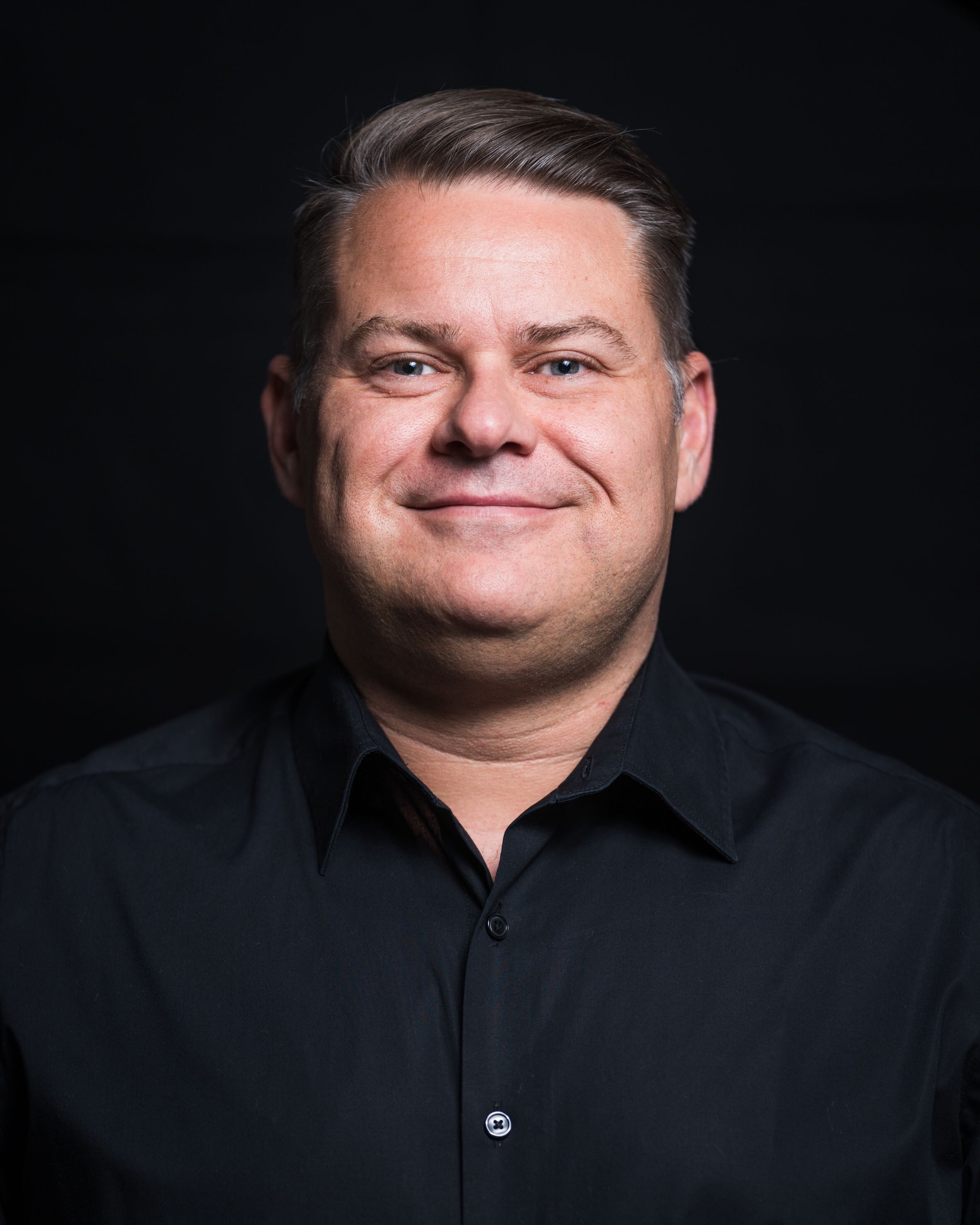
Name 3 words that describe a teaching shift with you.
Direct observation & autonomy
What delivery methods do use when teaching on shift?
Hypothetical questioning
What learning theory best describes your approach to teaching?
Relational autonomy
What is one thing (if nothing else) that you hope to instill in those you teach?
Patients deserve comprehensive evaluations. That doesn’t mean sending every test on every patient, but it does mean considering broad differentials and testing when appropriate.
How do you balance your flow with on-shift teaching? Does this come at the expense of your documentation?
Every interaction is teaching, though perhaps it isn’t signposted as such. For instance, how much time I spend with one patient relative to another speaks volumes to those who are paying attention.
What is your method for reviewing learners’ notes and how do you provide feedback on documentation?
I read them all, and I point out errors of omission or misstatements that need correction.
Do you feel departmental flow and metrics adversely affect teaching? What is your approach to excelling at both?
Absolutely not. Being efficient is one of the most important learning outcomes during emergency medicine training. Metrics are measures of these learning outcomes and are not at odds with training in any way. Residents must learn how to excel as attendings and operational metrics are part of their future.
It can be difficult to sit back and let senior learners struggle what is your approach to not taking over prematurely?
I’ve learned to give a long leash to the senior residents. I stalk the board constantly and read all the notes, both from physicians and nursing. I sneak in to examine patients when the residents aren’t looking. I know what’s happening on my team and can gauge how much autonomy to give my residents.
Do you start a teaching shift with certain objectives or develop them as a shift unfolds?
I let the shift play itself out.
Do you typically see patients before or after they are presented to you?
I try to see as many patients with residents as possible. There are so few direct observation opportunities in training that I try to create them as much as possible. It helps me give better feedback to residents and it improves efficiency.
How do you boost morale amongst learners on shift?
Everyone gets a meal break. I try to help chart or disposition patients when busy. I liken myself to a good second-year resident.
How do you provide learners feedback?
Again, I’m giving feedback constantly, whether it is signposted or not. Simply agreeing with a plan is feedback. I find that I don’t have much to say on end-of-shift feedback forms because I’ve been teaching and giving feedback throughout the shift.
What tips would you give a resident or student to excel on their shift?
Stop for 3 minutes after every patient and write the H&P in the chart. It will save so much time later in your shift. Similarly, complete your entire note before calling report. It saves you and the admitting team a lot of time on the phone.
Are there any resources you use regularly with learners to educate during a shift?
Equianalgesic opioid dosing charts.
What are your three favorite topics to teach during a shift?
Running a code, motivational interviewing, and how to remove an ingrown toenail
What techniques do you employ when teaching on shift?
Relational autonomy, direct observation, The Feedback Formula.
What is your favorite book or article on teaching?
Fostering the Development of Master Adaptive Learners: A Conceptual Model to Guide Skill Acquisition in Medical Education
Who are three other educators you’d like to answer these questions?
Holly Caretta-Weyer, Abra Fant, Sara Krzyzaniak

Read other How I Educate posts for more tips on how to approach on-shift teaching.
Author information
The post How I Educate Series: Michael Gisondi, MD appeared first on ALiEM.

